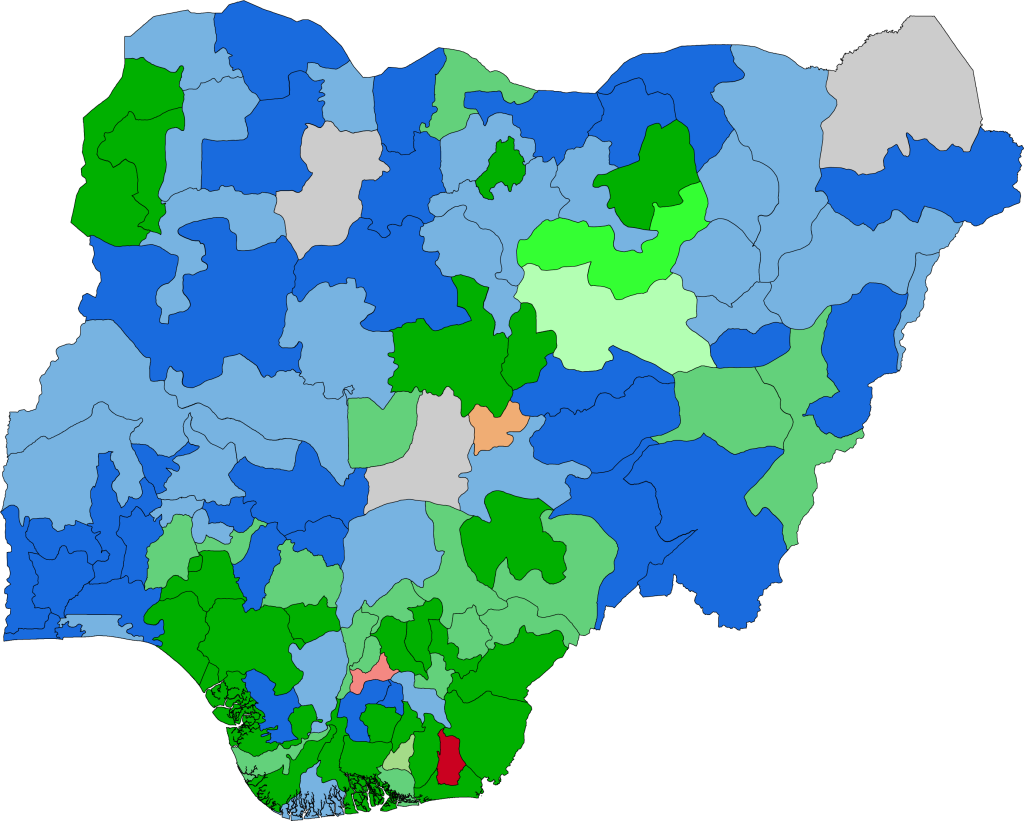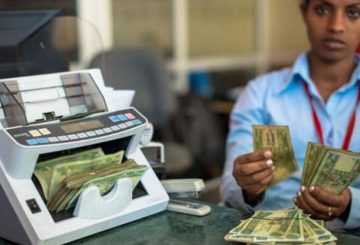Twenty states generated a combined N37.05 billion in Internally Generated Revenue (IGR) from their local governments in 2023. This financial development highlights the evolving landscape of Nigeria’s grassroots economic strength, with states exploring new revenue streams to bolster local economies. According to the latest report by The Cable Index, Lagos leads the charge with an impressive N10.49 billion, while the less industrially dense Ebonyi secures an unexpected second place with N6.13 billion.
This revenue generation underscores how local governments, long viewed as financially dormant or dependent on federal allocations, are shifting gears to become more self-reliant. The increasing IGR is largely due to strategies aimed at improving tax collection, investing in local industries, and boosting tourism and trade. Lagos’s top position is unsurprising, given its economic might and dense population, but Ebonyi’s remarkable showing suggests that smaller states are making strides to tap into local resources effectively.

Kwara and Oyo took third and fourth places with N3.35 billion and N3.11 billion, respectively, highlighting the efforts of northern and southwestern states in maximizing their revenue potential. Jigawa follows closely with N2.89 billion, outpacing states traditionally associated with higher economic activity, such as Edo and Ogun, which brought in N2.59 billion and N1.31 billion, respectively. This trend marks a pivotal shift, indicating that non-oil-producing states are beginning to outpace some of their counterparts in IGR.
The reliance on federal allocations has long stymied the growth of local government autonomy across Nigeria, but the emergence of this trend could signal a new era of financial independence. With resources stretched, local governments have ramped up innovative IGR strategies, from property taxes and public service fees to tourism ventures, demonstrating a notable change in fiscal policy.
While southern and urban states feature prominently on the list, northern states, including Gombe (N2.09 billion), Taraba (N441 million), and Kaduna (N382.22 million), have made significant strides as well. Gombe’s revenue, for instance, underscores the potential of developing infrastructure and improving business climate within less industrialized areas. This variation in IGR across regions offers insights into the country’s diverse economic profile and the potential for tailored fiscal policies.
Don’t miss:
“Do You Know Who I Am?” – The Art of Nigerian ‘Bigmanism’ and its Everyday Performers
The Nigerian Japa Syndrome: Myths and Truths (I)
The Independence Generation: Stories of Nigerians Born in 1960 – What it Felt Like
However, experts caution that the real challenge lies in sustaining and expanding these gains, especially in rural areas where tax compliance is low and infrastructure challenges persist. For many local governments, consistency in generating revenue remains a goal rather than an accomplishment, with transparency and public trust forming critical components of success.
With the total IGR reaching N37.05 billion across twenty states, local government revenue generation is proving to be a vital mechanism for enhancing Nigeria’s economic resilience. Stakeholders are hopeful that as states continue to enhance these efforts, the burden on federal funds will gradually decrease, granting local authorities the resources needed to tackle pressing issues within their communities.





